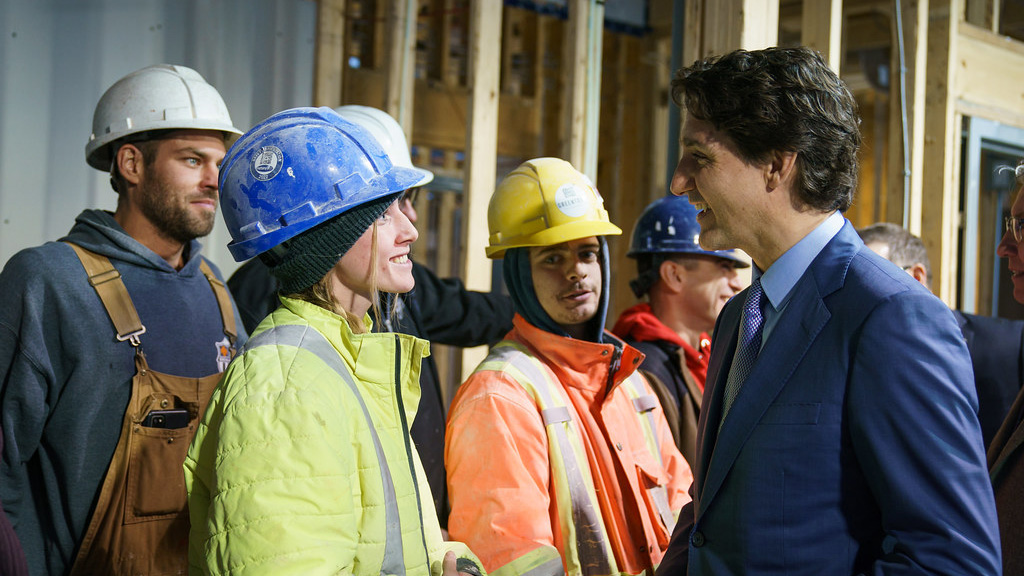A new report from the Residential and Civil Construction Alliance of Ontario (RCCAO) on infrastructure funding points the finger squarely at the federal government for its failure to support municipalities in their efforts to create more housing.
The report was prepared for the RCCAO by the Canadian Centre for Economic Analysis, released April 17 and titled Will Feds Answer the Call? Infrastructure Investment Lags Amidst Highly Taxed Housing Construction. The study shows the federal government receives 39 cents of every one dollar of tax revenue generated from the construction of a new home in Ontario, yet it only pays seven cents of every one dollar invested in public infrastructure in Ontario.
RCCAO executive director Nadia Todorova said the federal government relies on homebuilding to house Canadians including new Canadians and to help build the economy yet shirks its responsibility to pay its fair share towards supporting the industry.
“The high taxes on housing construction and underinvestment in public infrastructure is a problem the federal government is uniquely positioned to resolve,” said Todorova. “Ontario cannot realize economic and immigration growth goals without the support of the federal government increasing funding for public infrastructure.”
Todorova explained with the current crisis of housing availability and affordability in the province, the RCCAO figured it would be valuable to determine how much each level of government puts into infrastructure that supports housing, what the burden of taxation is on new homes and how much revenue is derived by governments.
“But more importantly, how much does each level of government contribute back from the taxation revenues that they’ve gotten?” asked Todorova.
The report found the federal government has the greatest capacity to close the gap to the best-practice recommendation of four per cent of GDP spending on public infrastructure.
The researchers also found the tax burden on new home construction is two times higher compared to the rest of the economy, and that the total purchase price of a home in Ontario contains at least 30.7 per cent of taxation revenues in total, an increase from 24 per cent in 2012.
“The infrastructure investment has not really seen that same sort of related increase, which is reflected in the fact that public infrastructure investment funding, which is required to support growth in Ontario, is 30 per cent below what economists say it should be,” said Torodova. “It may seem like the federal government and different levels of government, but particularly the federal government, are investing a lot but it really is not at the level where it should be whatsoever.”
Todorova said the provincial and local governments are put in a difficult position because the taxation revenue from building new homes is not allocated proportionately to those who are actually responsible for the required public infrastructure investment to support growth.
That impedes the construction of homes at a time when the federal government is increasing immigration targets without much regard to housing supply, said Todorova.
“It’s all a very interrelated picture and it really has to be carefully considered because long term, the situation is really not sustainable. If we want Ontario to continue to grow and to prosper we need to be able to address housing affordability, we need to welcome the immigrants that are necessary to ensure that we continue to build critical infrastructure.”
The report found while the population of Ontario has grown by 68 per cent since the 1970s, the number of annual new housing completions has dropped by 23 per cent.
Among its conclusions, the report asserted that the federal government’s recent proclamation of a 55-per-cent increase in immigration from pre-pandemic levels highlights its lack of understanding of the housing crisis and the fiscal and public investment imbalances that exist.
“The uncomfortable contradiction is that the federal government’s immigration policies aim to drive growth in Ontario, but it does not provide enough funding from the benefits growth to allow the province to grow,” the report stated.
Follow the author on Twitter @DonWall_DCN







Recent Comments
comments for this post are closed